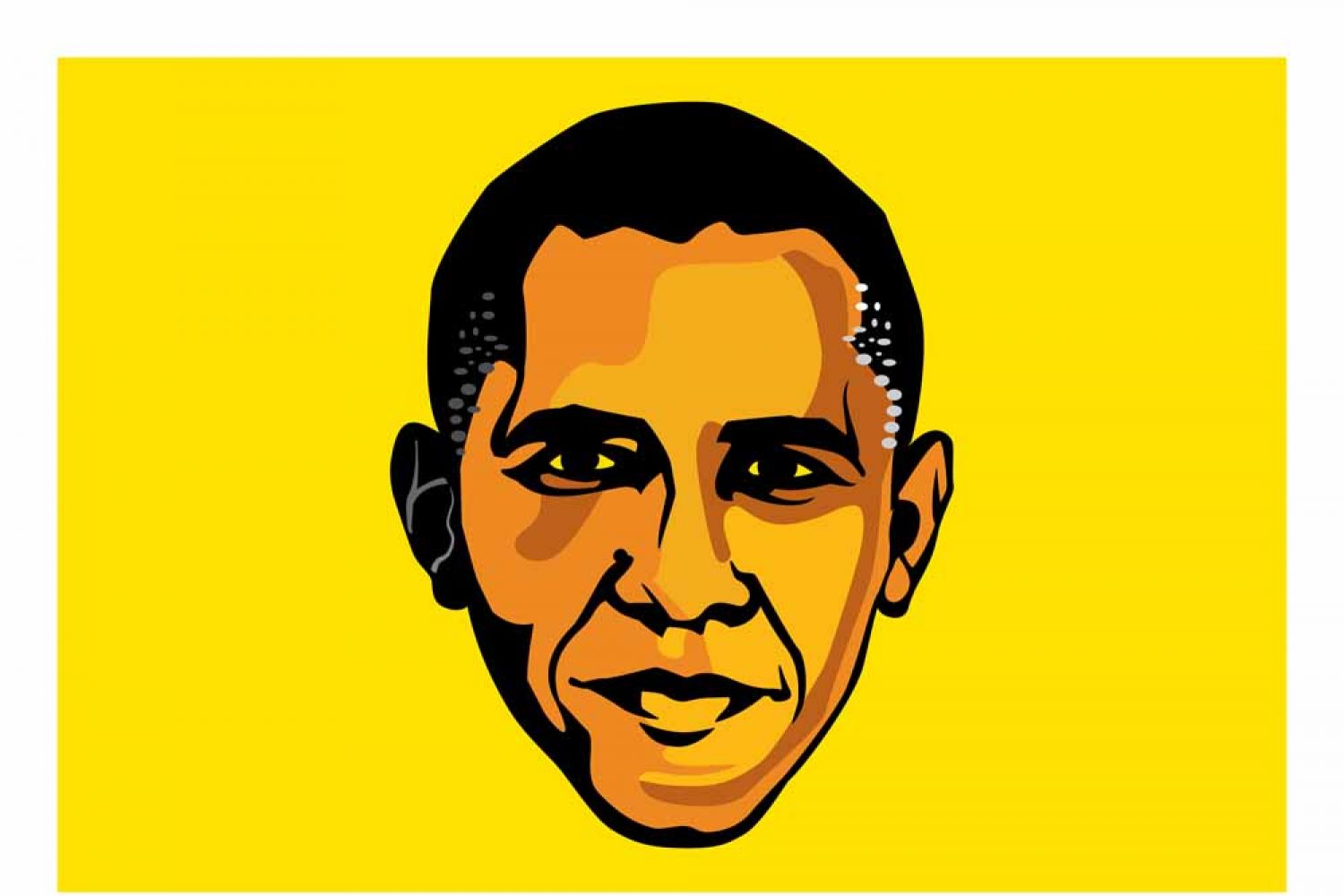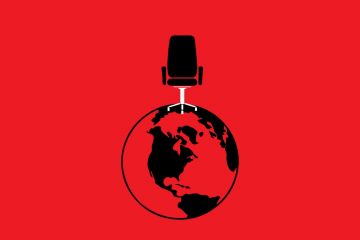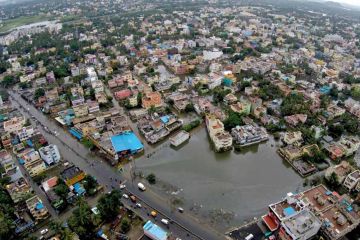
On November
4, 2008, the newly elected President of the United States Barack Hussein Obama
told the world from Grant Park in Chicago “Yes We Can”. The top international
challenges in 2009, when his presidency began, were Iran, Afghanistan,
Pakistan, North Korea and China. The Arab Spring was still in the future and
the Middle East crises had not expanded to epidemic proportions. A couple of
years into his term the Arab world in general and the Middle East in
particular, became the cris
Continue reading “Summers of fire sparked by the Arab Spring”
Read this story with a subscription.





